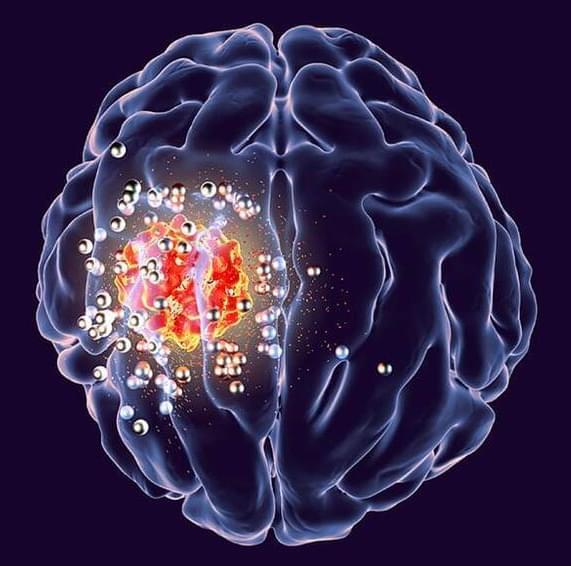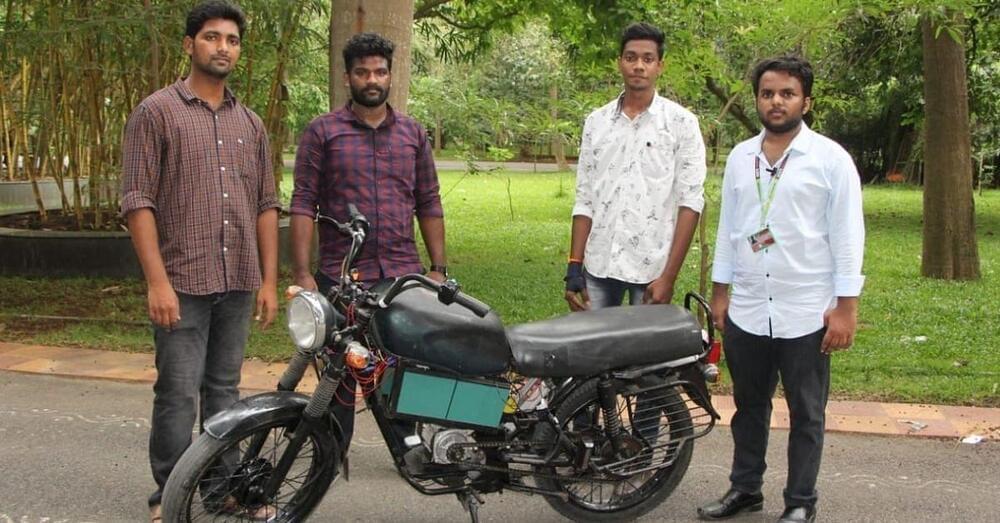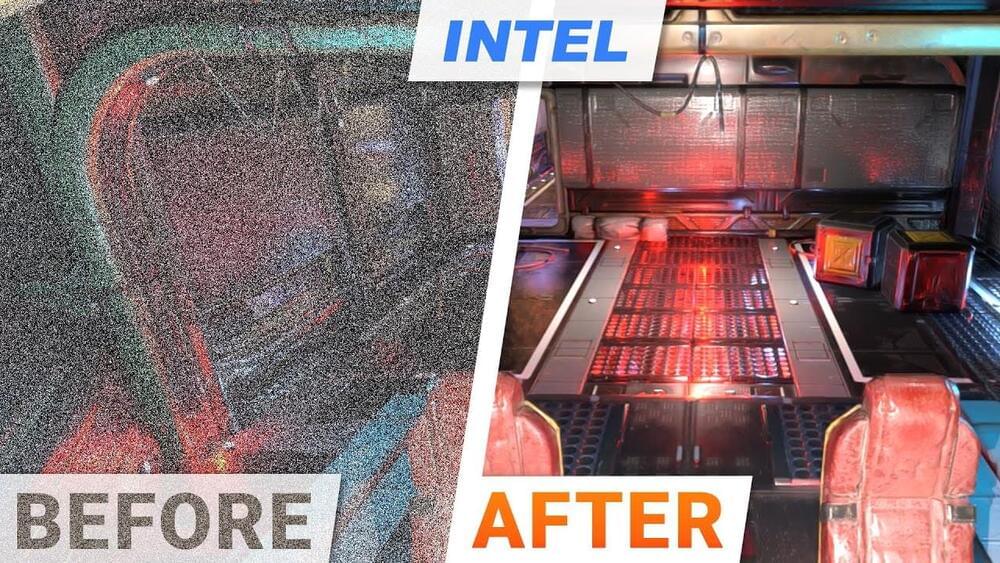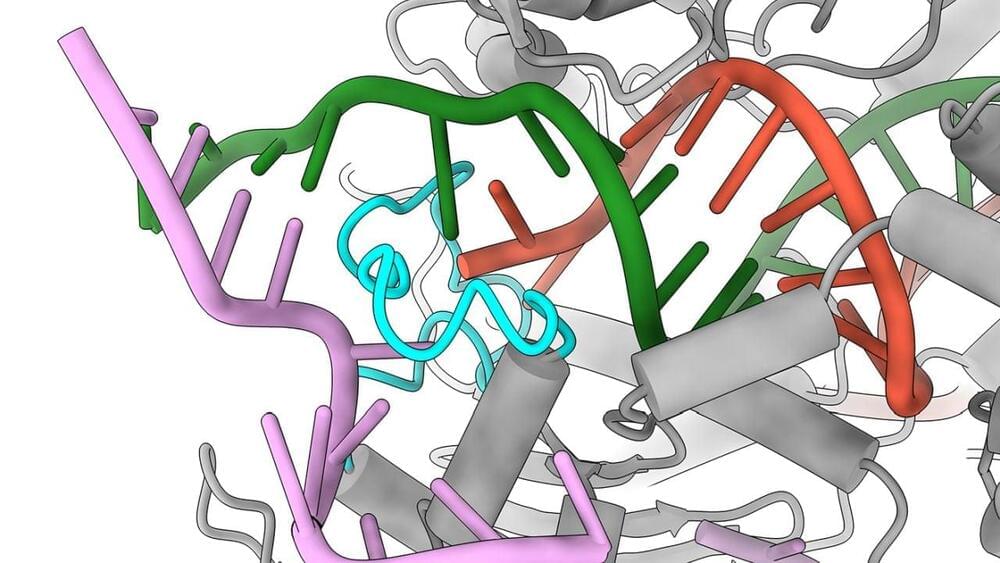Oct 23, 2022
Ep. 108: Are we close to a technological singularity? | Trent Fowler
Posted by Kelvin Dafiaghor in categories: robotics/AI, singularity
Help us grow by subscribing to the podcast, liking the episode, and sharing it with your friends.
Trent Fowler is a machine learning engineer, author, and co-host of the Futurati Podcast. He recently appeared on the Cutting Edge Podcast with Lee Pierson to discuss artificial intelligence, consciousness, free will, epistemology, and AI risk. For more of their content, check out their excellent show at the Ayn Rand Center UK: https://www.youtube.com/c/AynRandCentreUK
Continue reading “Ep. 108: Are we close to a technological singularity? | Trent Fowler” »


















